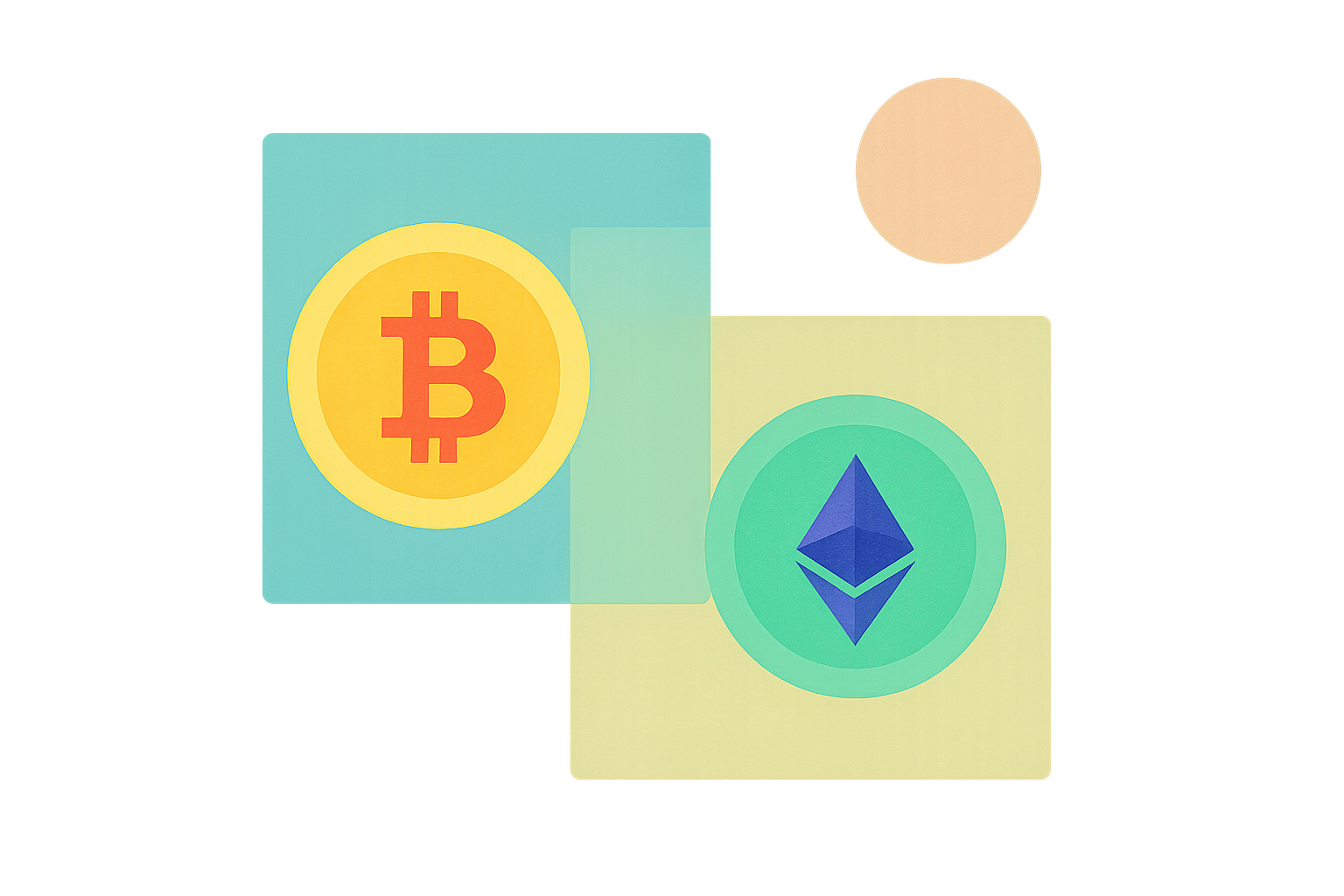Kripto piyasalarında rekabet analizi, stratejik avantajları nasıl ortaya koyar?


Başlıca kripto para borsalarında temel performans göstergelerinin karşılaştırmalı analizi
2025 yılında kripto para borsaları sektörü, temel performans göstergelerinde belirgin ayrışmalar göstermektedir. Karşılaştırmalı analiz, pazar liderlerinin küresel işlem hacminin %55'inden fazlasını kontrol ettiğini; en büyük borsanın ise spot işlemlerde %39,8'lik paya sahip olduğunu ortaya koyuyor. Hacmin bu denli yoğunlaşması, özellikle büyük kripto varlıklar için likiditenin güçlenmesine yol açmaktadır.
| Gösterge | En Büyük Borsalar | Sektör Ortalaması |
|---|---|---|
| Maker/Taker Ücretleri | %0,08 - %0,10 | %0,20 - %0,40 |
| Soğuk Cüzdan Oranı | %80 - %95 | %70 - %80 |
| API Gecikmesi | < 50ms | 100ms - 200ms |
Lider borsalar, kullanıcı fonlarının %80 ila %95'ini soğuk cüzdanlarda tutarak sektör ortalamasının oldukça üzerinde bir güvenlik seviyesi sunuyor. Ayrıca, maker/taker ücretlerinde %0,08 ile %0,10 arasında rekabetçi oranlarla sektör ortalamasına göre daha avantajlı koşullar sağlanıyor. API performansı da öne çıkan bir ayrıntı; en büyük borsalar 50 milisaniyenin altında gecikme sunarken, rakiplerin çoğu 200ms altı yanıt süresi elde etmekte zorlanıyor. Bu teknik üstünlükler, yüksek likidite ve cazip ücret politikalarıyla birleştiğinde, lider borsaların gelişen kripto ekosistemindeki konumlarını sağlamlaştırıyor.
Ürün özellikleri ve kullanıcı deneyiminde benzersiz rekabet avantajlarının tespiti
Şirketlerin ürün özellikleri ve kullanıcı deneyiminde benzersiz rekabet avantajlarını belirleyebilmeleri için, hem kendi ürünlerini hem de rakiplerini kapsamlı biçimde analiz etmeleri gereklidir. BCG Matrisi ve Müşteri Yolculuğu Haritalandırma gibi rakip analizi yöntemleri, pazar konumu ve kullanıcı etkileşimleri hakkında değerli bilgiler sunar. Özellik ve boşluk analizleri, ürün geliştirme ile pazar ayrışması için fırsatları gösterir. Stratejik grup analizi ve 7P pazarlama modeli ise stratejik avantajların ve bütüncül pazarlama yaklaşımlarının ortaya çıkarılmasına yardımcı olur.
Başarılı şirketler, bu analizlerden elde ettikleri verilerle öne çıkan özellikler ve kullanıcı deneyimleri geliştirir. Örneğin Spotify, algoritma tabanlı çalma listeleriyle kişiselleştirme konusunda örnek teşkil ederken; Airbnb'nin sosyal fonksiyonları, gezginler arasında topluluk duygusunu güçlendiriyor. Artırılmış gerçeklik (AR), markalar için deneyimi geliştiren ve müşteri bağlılığını artıran etkili bir araç olarak öne çıkıyor. ProCreator'ın ProApp uygulaması ise pazarda kullanıcı odaklı inovatif tasarımıyla dikkat çekiyor.
Rekabet üstünlüğünü sayısal olarak ölçmek için şirketler UX metrikleri ve karşılaştırmalı analizleri kullanabilir. Rakipler arasında temel performans göstergeleri tablosu şöyle olabilir:
| Gösterge | Şirket A | Şirket B | Sektör Ortalaması |
|---|---|---|---|
| Kullanıcı Memnuniyeti | 4,8/5 | 4,2/5 | 4,0/5 |
| Görev Tamamlama Oranı | %95 | %88 | %85 |
| Görev Süresi | 45 sn | 60 sn | 55 sn |
Sektör ortalamasını sürekli aşan şirketler, ürün özelliklerinde ve kullanıcı deneyiminde sürdürülebilir bir rekabet avantajı elde edebilir.
Kripto para borsası sektöründe pazar payı değişimleri ve büyüme eğilimlerinin analizi
Kripto para borsası sektörü, 2025'e yaklaşırken pazar payı değişimleri ve büyüme trendlerinde önemli bir hareketlilik yaşıyor. Küresel kripto para borsası platform pazarının 2025 yılında 71,35 milyar dolara ulaşması, 2024'teki 50,95 milyar dolarlık büyüklüğe kıyasla %40 yıllık büyüme anlamına geliyor. Pazar giderek daha yoğunlaşıyor; en büyük 10 borsa küresel işlem hacminin %55'inden fazlasına sahip.
| Yıl | Pazar Büyüklüğü |
|---|---|
| 2024 | $50,95 B |
| 2025 | $71,35 B |
Sektörde öne çıkan eğilimler; gelişmiş güvenlik tedbirleri, merkeziyetsiz finans (DeFi) protokollerinin daha derin entegrasyonu ve stablecoin'lerdeki hızlı büyümedir. Regülasyon değişiklikleri ve küresel yayılma adımları da pazar dinamiklerine yön veriyor. Örneğin, ABD'deki kripto kullanıcılarının %48'i, güvenliği ve dolandırıcılığa karşı standartları yükselten politikaları öncelikli buluyor; bu da güçlü güvenlik tedbirlerinin kullanıcı kazanım ve sadakatinde önemini ortaya koyuyor.
Alım-satım alışkanlıklarında da bir değişim gözlemleniyor; vadeli işlemler, geleneksel spot işlemlerle birlikte daha fazla ilgi görüyor. 2024'te spot işlemler borsa piyasasının %58,86'sını oluştururken, vadeli işlemler daha hızlı büyüyor. Bu eğilim, kripto yatırımcılarının artan tecrübesini ve büyük borsaların genişleyen ürün portföyünü yansıtıyor.
SSS
ATR kripto nedir?
ATR, kripto para alım-satımında piyasa volatilitesini ölçen teknik bir göstergedir. Average True Range (Ortalama Gerçek Aralık) ifadesinin kısaltmasıdır ve yatırımcıların fiyat hareketlerini ve riskleri değerlendirmesine yardımcı olur.
En umut vadeden yapay zekâ kripto parası hangisidir?
Bittensor (TAO), merkeziyetsiz yapay zekâ alanında lider konumda olup güçlü topluluk desteğiyle 2025'te AI coin sektörünün en umut vadeden projesi olarak öne çıkmaktadır.
ATR coin nasıl alınır?
ATR listelenen merkezi veya merkeziyetsiz bir borsada işlem yapabilirsiniz. Borsaların listeleme durumunu kontrol edin. Bazı platformlarda kredi kartı ile alım mümkün olabilir.
ATR coin'in güncel fiyatı nedir?
20 Ekim 2025 itibarıyla ATR coin $0,009151 seviyesinden işlem görüyor. Son dönemde fiyatı istikrarlı seyrediyor ve önümüzdeki aylarda büyüme potansiyeli taşıyor.

Dijital varlık alım satımında slippage yönetimi

Gains Network: DeFi'nin Yüksek Kaldıraçlı Sentetik Ticaret Sınırına Derin Bir Bakış

Ticaret Simülatörü: Kağıt, Geri Testler ve Canlı Alıştırmalar için Tam Kılavuz

Bir Fonlu Hesabı Patlatırsanız Ne Olur? Traderlar için Tam Açıklama

Pazar günü ön piyasa ne zaman açılıyor?

Aster'ın Temel Analizi, 2030 yılında uzun vadeli potansiyeliyle ilgili hangi öngörüleri sunuyor?

Optimism ağında Token Takası Nasıl Yapılır

Kripto Varlıklar içerisindeki döngüsel önemi, piyasa döngülerinin nasıl servet fırsatları yarattığı.

Dünyanın en zayıf para birimi, gerçek piyasa sinyalleriyle açıklanmaktadır.

WEMIX coin nedir ve oyun blockchain ekosistemi nasıl işler?

Federal Reserve'ın para politikası, 2025 yılında kripto para fiyatları üzerinde nasıl bir etki yaratır?







